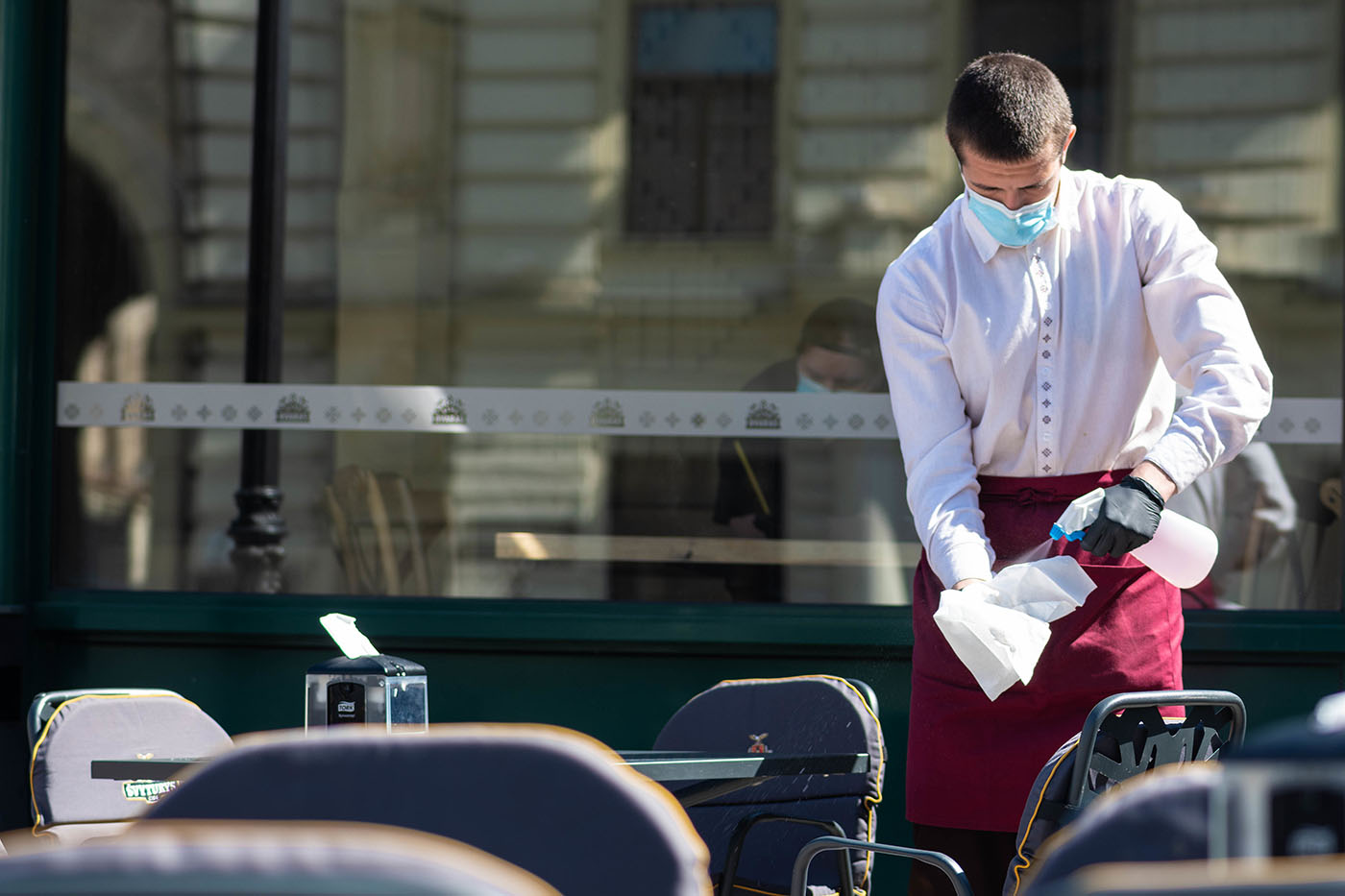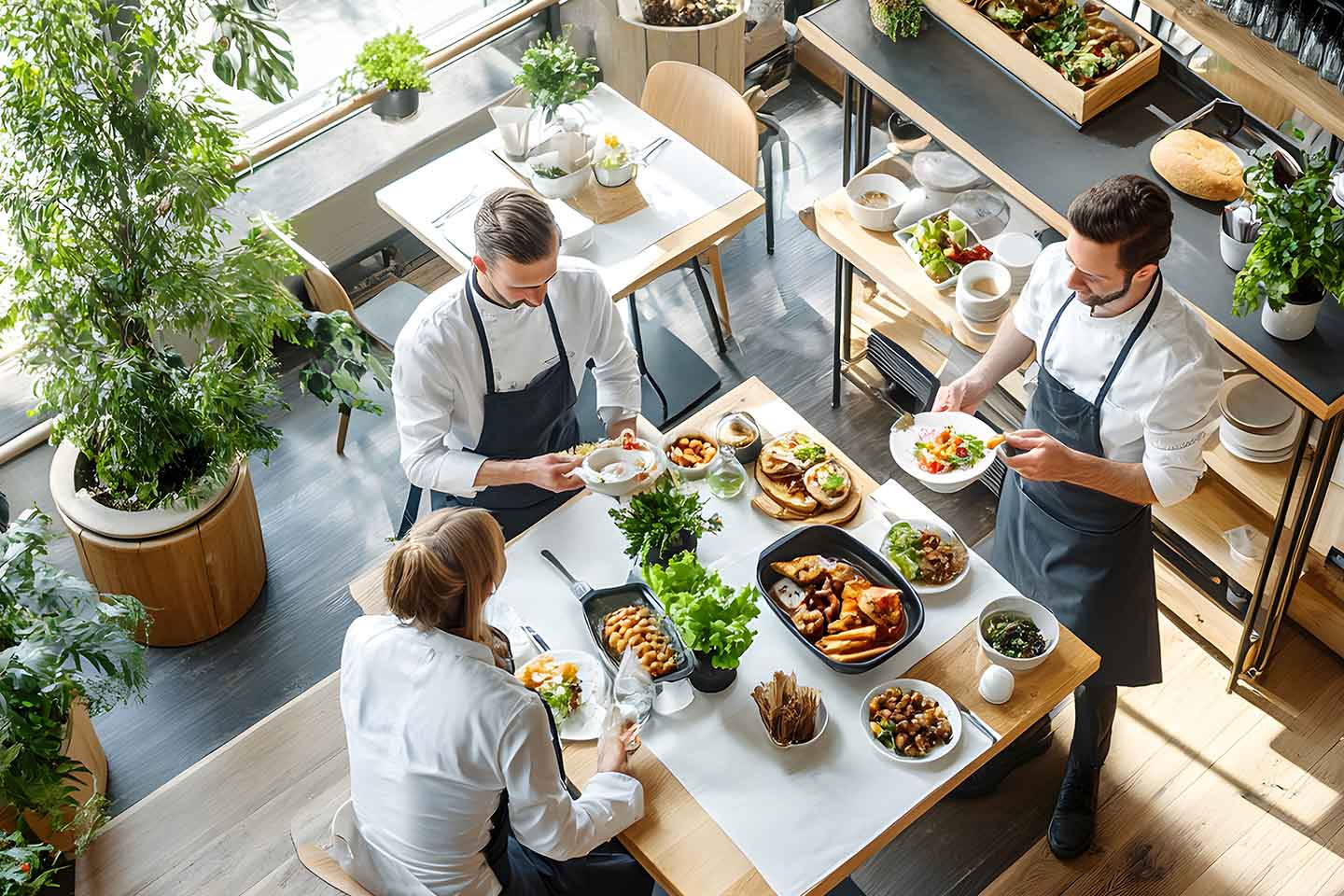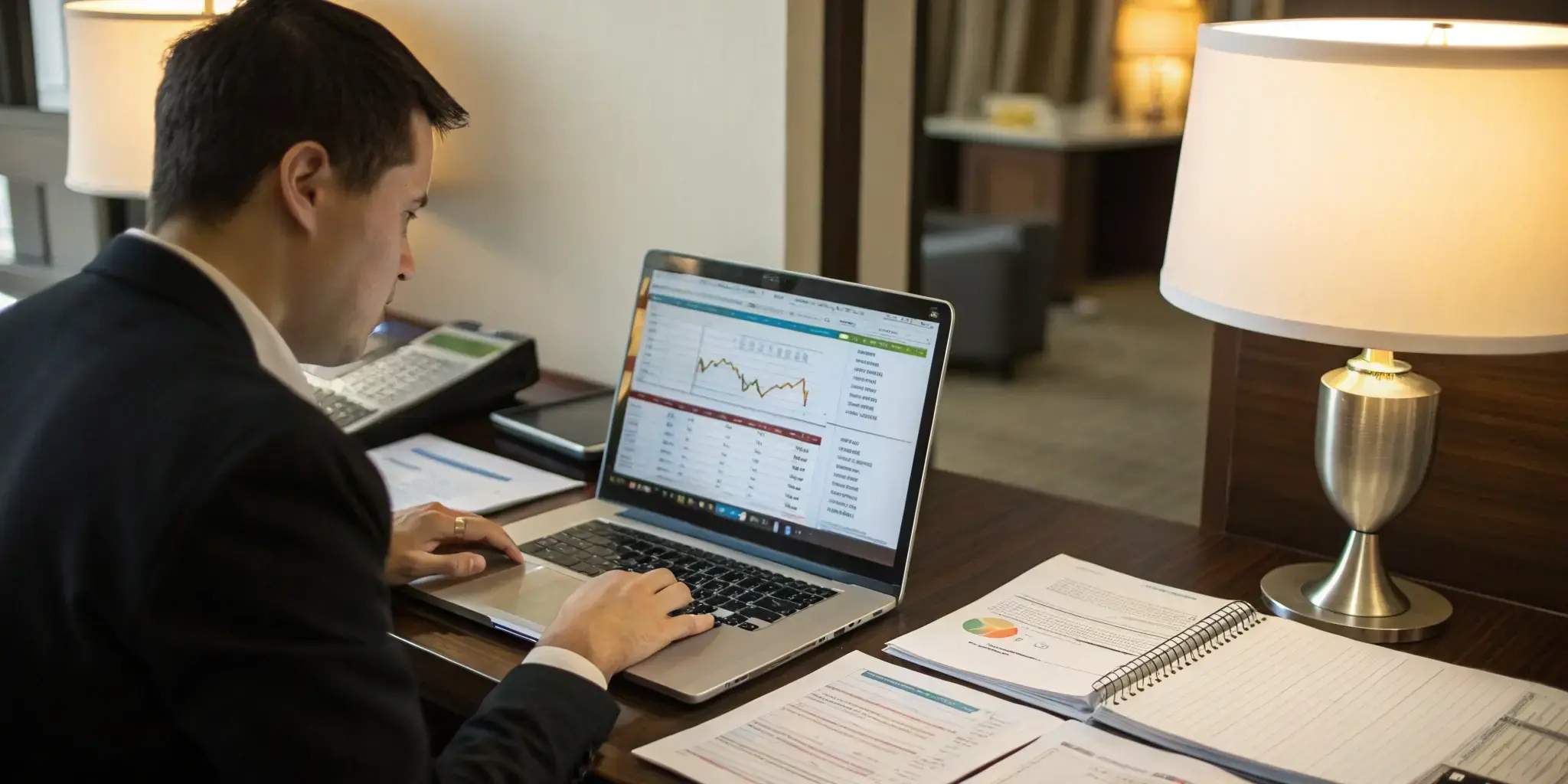After what has been a dire time for hotels around the world, the industry is slowly rekindling its operations as lockdown is incrementally loosened. Alas, all is not as it once was. Increased health and safety concerns teamed with a heightened awareness for all things hygiene and social distancing mean hotels will first have to reassure their clientele that going on holiday is both safe and desirable. How will the industry go about regaining consumer trust? What hospitality trends will shape the new normal? EHL Insights presents 6 hypotheses.
1. Safety first
Arguably the key factor in instilling trust among consumers is ensuring strict safety standards are met. This pertains not only to the safety of patrons, but also of hotel staff. Guests want to spend time in an environment in which they feel everyone is looked after – including those tending to their needs. To this end, hotels are drafting policies: “CleanStay” by Hilton and “Venetian Clean” by The Venetian in Vegas, for instance. In some instances, national policies provide industry-specific guidance on what these should entail, as is the case for Singapore’s “SG Clean”.
Bringing in the experts
To give their policies some authority and muscle, hotels are bringing in the big guns. They refer to associations of repute, such as the U.S. Travel Associationor the American Hotel & Lodging Association. They draft in the expertise of medical experts and the authorities, turning to the Centers for Disease Control & Prevention, for example. They use clinically-approved products and seek partnerships with pertinent manufacturers. Take Hilton, seeming to have landed a winning duo, the chain has enlisted help from both Mayo Clinic’s Infection Prevention & Controland Lysol, a disinfectant producer. Travel Risk Management companies also lend a helping hand. Demonstrating this, the Four Seasons in New York, has partnered with International SOS to ensure the correct protocols were in place when accommodating healthcare workers. These same protocols may prove useful to hotels welcoming guests in general, although some allowances must be made for what is feasible in practice.
2. Cleanliness is next to godliness
Top of list in meeting health and safety standards: hygiene and cleanliness. Providing staff with personal protective equipment in the form of masks and gloves is just the first step. The use of anti-viral cleaning agents, disinfectants and UV light is set to become commonplace. Marriott International is opting for electrostatic sprayers, which uniformly mist disinfectant throughout spaces. Sophisticated air filtration systems could become a differentiator. Wall-mounted hand-sanitizer dispensers may well feature in high-touch areas, while rooms may be equipped with multi-purpose disinfectant wipes.
3. Technology for a low-touch experience
Contactless payments and deliveries have long since assumed a starring role in curbing contamination during the pandemic. The hospitality industry will be no different, likely offering especially packaged contactless room service. A low-touch guest experience will be embraced in all its facets, with mobile check-in encouraged even once guests have arrived in the lobby. Room keys may also become a thing of the past, with virtual rooms keys on smartphones being a possible way forward.
Technological innovation of all kinds will be drawn upon to facilitate smooth operations with the least possible dependence on members of staff. As is to be the case at The Venetian, thermal cameras can perform inobtrusive temperature checks as a risk gauge upon entry. Any existing IT infrastructure will be leveraged to its best potential, with websites or apps utilized to provide real-time updates on housekeeping visits, for example.
INVEST IN EDUCATION TOOLKIT
With this 10-step process, you will have all the tools you need
to master the critical areas of a successful school.
4. Design adaptations & adjusted service offerings
With social distancing a must at present, we have become accustomed to floor markings and barriers. In the same vein, dining tables and loungers will be more spaced out and the number of guests in an elevator at any one time defined. For the foreseeable future, hotel staff may need to work from every other workstation in order to satisfy the two-meter distancing requirement. In the longer term, hotel design may evolve to accommodate more health-oriented guest behavior. As Monika Moser, Regional Managing Director at Wilson Associates, specialists in innovating hospitality architecture and design, told EHL Insights, guests may give preference to hotels able to provide larger rooms, enabling them to pursue work, leisure and enjoy meals in their own private space.
Service offerings may have to be adjusted accordingly. Holiday-goers less eager than usual to brave communal spaces such as spas and gyms may appreciate more one-on-one offerings such as personal training sessions or in-room spa treatments. The sharing spirit will probably be dimmed in general for the time being, with any form of communal access minimized: buffets, minibars, and bellhop and valet services will be momentarily sacrificed.
5. Cleanliness & safety integral to brand identity
Implementing cleanliness and safety measures will be crucial in winning over guests. However, they can only exert pulling power if potential patrons are aware of them. This raises the stakes in corporate communication and puts a considerable onus on employees to ensure visibility. In essence, the virtues of cleanliness and safety must become part of hotels’ brand identity. A step in this direction could be adding a description of hygiene procedures to each hotel room’s information pack. Giving an overview handout placed on guests’ beds may raise the profile of cleanliness further still.
An open book
It will be important for hospitality providers not to shy away from scrutiny. On the contrary, practicing transparency, perhaps subjecting one’s establishment to association ratings for cleanliness and safety could help regain consumer trust.
Communication with staff is also set to take on new importance. Not only will training be required to ensure employees comply with requirements and arm them with knowledge, but also letting them know their safety is a top priority will be paramount. This is as much a matter of corporate social responsibility as it is a liability topic. Staff who feel their employer has their best interests and good health at heart may be less likely to jump to the conclusion that an infection was picked up at work.
6. Thinking outside the box
The present circumstances may require hoteliers to think beyond the realms of their specialism to incorporate lessons learnt from the medical arena. Incorporating an “incident command centre” into hotel organigrams best enables teams to deal proactively with any health and safety concerns, while also reacting to and incorporating any new governmental guidelines or medical developments.
In what is perhaps an opportunity for more far-reaching change, hospitality businesses may choose to unlock the potential for sustainable strategic renewal. A reinvigorated appreciation of the importance of service excellence may see the hospitality industry refocus on changes in the customer experience, customer perceptions and consumption patterns and even reassess their asset management. Entire business models and value propositions may be up for debate in the quest to realign with the new reality. Buckle up, hoteliers, be ready for the long haul.
Head of Vocational Education & Training by EHL & Consultant - EHL Education Consulting
Visit website





